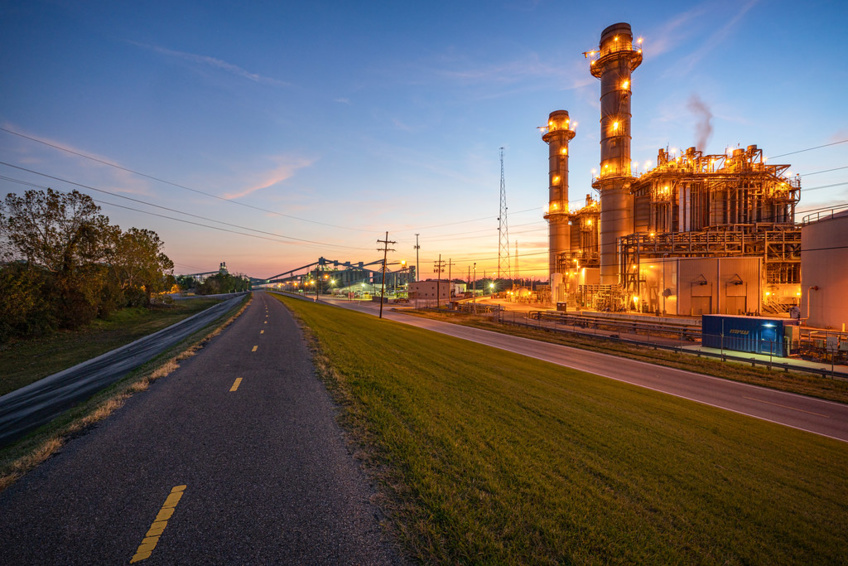The fate of future generations rests on our shoulders.
We're advancing our growth narrative through climate actions, positioning ourselves to deliver substantial environmental, social, and economic advantages to all stakeholders, both now and in the future.
Entergy is actively transitioning our power generation mix to meet the growing demand for low- to zero-carbon electricity, anticipating significant growth while aiding customers in achieving their decarbonization targets.
Our minimal emissions have far-reaching effects on the economy, spurring other industries to electrify and decarbonize their operations. As we further reduce our emissions, our positive impact on carbon reduction across all sectors will amplify. We're also exploring avenues to cut emissions throughout our operations in collaboration with customers, suppliers, employees, and other partners.
Climate Strategy
Entergy is dedicated to achieving net-zero emissions by 2050, aligning our goals with evolving technologies and customer needs. Along this journey, we've set interim milestones to track our progress. In our 2022 Climate Report, we unveiled new goals for carbon-free energy capacity and expanded the scope of our emission-rate targets to include purchased power.
Milestones
We anticipate achieving these interim goals by investing in carbon-free and carbon-managed technologies. Our progress towards these targets may be influenced by the pace and scale of customer growth, shaping our planning process. We'll continue to update projected milestones as we adapt our long-term strategy to evolving market dynamics:
We're advancing our growth narrative through climate actions, positioning ourselves to deliver substantial environmental, social, and economic advantages to all stakeholders, both now and in the future.
Entergy is actively transitioning our power generation mix to meet the growing demand for low- to zero-carbon electricity, anticipating significant growth while aiding customers in achieving their decarbonization targets.
Our minimal emissions have far-reaching effects on the economy, spurring other industries to electrify and decarbonize their operations. As we further reduce our emissions, our positive impact on carbon reduction across all sectors will amplify. We're also exploring avenues to cut emissions throughout our operations in collaboration with customers, suppliers, employees, and other partners.
Climate Strategy
Entergy is dedicated to achieving net-zero emissions by 2050, aligning our goals with evolving technologies and customer needs. Along this journey, we've set interim milestones to track our progress. In our 2022 Climate Report, we unveiled new goals for carbon-free energy capacity and expanded the scope of our emission-rate targets to include purchased power.
Milestones
We anticipate achieving these interim goals by investing in carbon-free and carbon-managed technologies. Our progress towards these targets may be influenced by the pace and scale of customer growth, shaping our planning process. We'll continue to update projected milestones as we adapt our long-term strategy to evolving market dynamics:
- Achieve 50% carbon-free energy capacity by 2030.
- Reduce carbon dioxide emission rates by 50% by 2030.
Expanding Renewable Energy
Our roadmap to net-zero emissions by 2050 may entail adding up to 9 gigawatts of renewable capacity by 2031.
Our roadmap to net-zero emissions by 2050 may entail adding up to 9 gigawatts of renewable capacity by 2031.


 Entergy's Climate Strategy: Driving Growth Through Renewable Energy and Net-Zero Emissions by 2050
Entergy's Climate Strategy: Driving Growth Through Renewable Energy and Net-Zero Emissions by 2050





 Companies
Companies